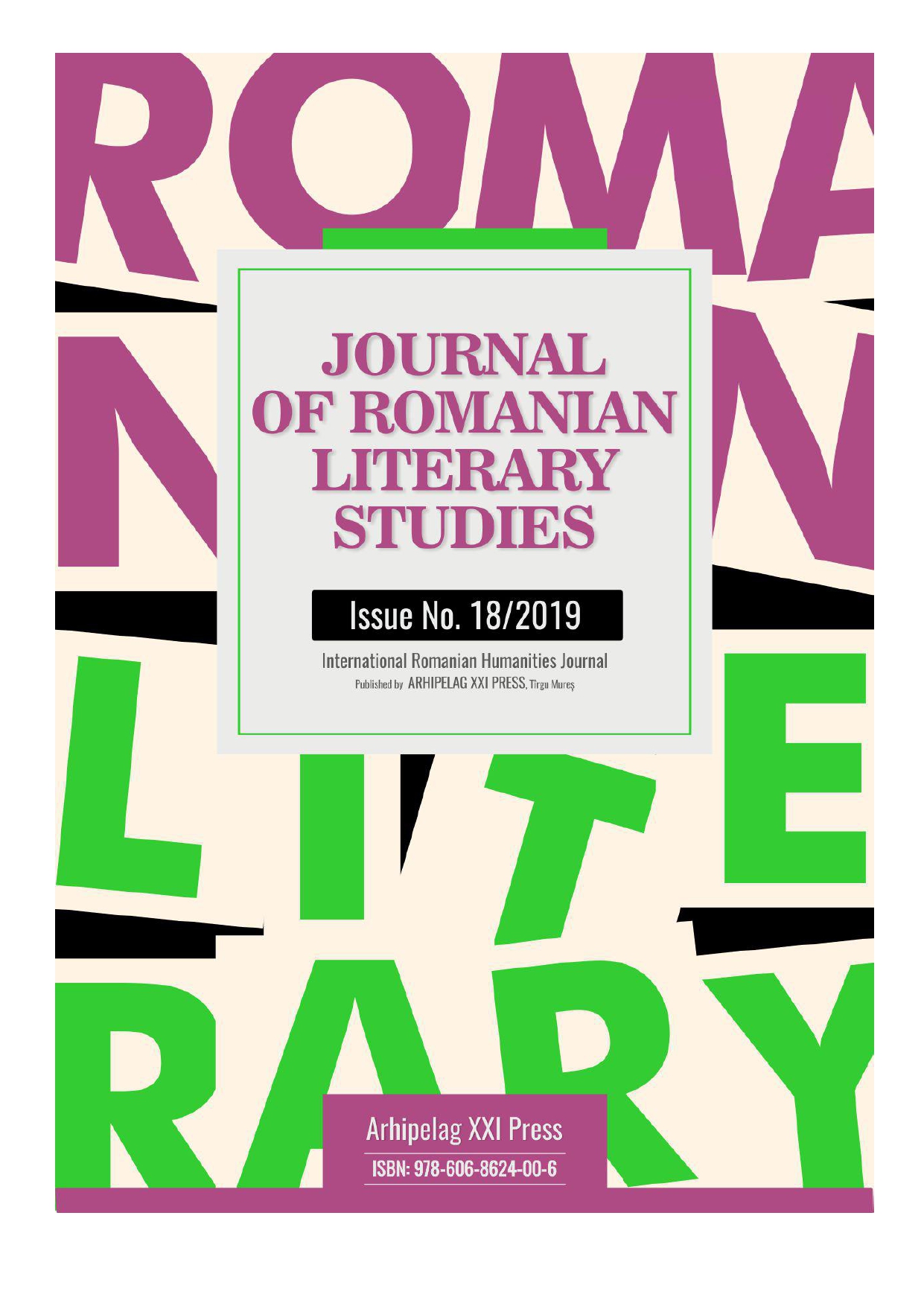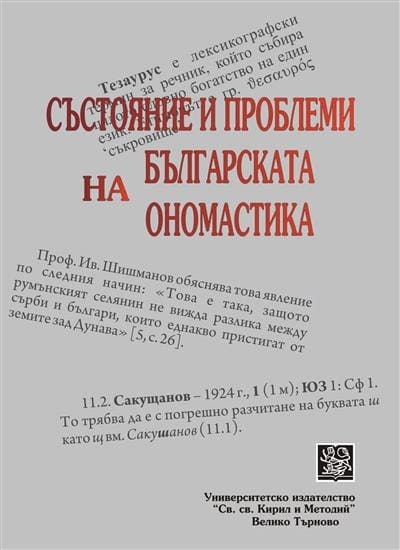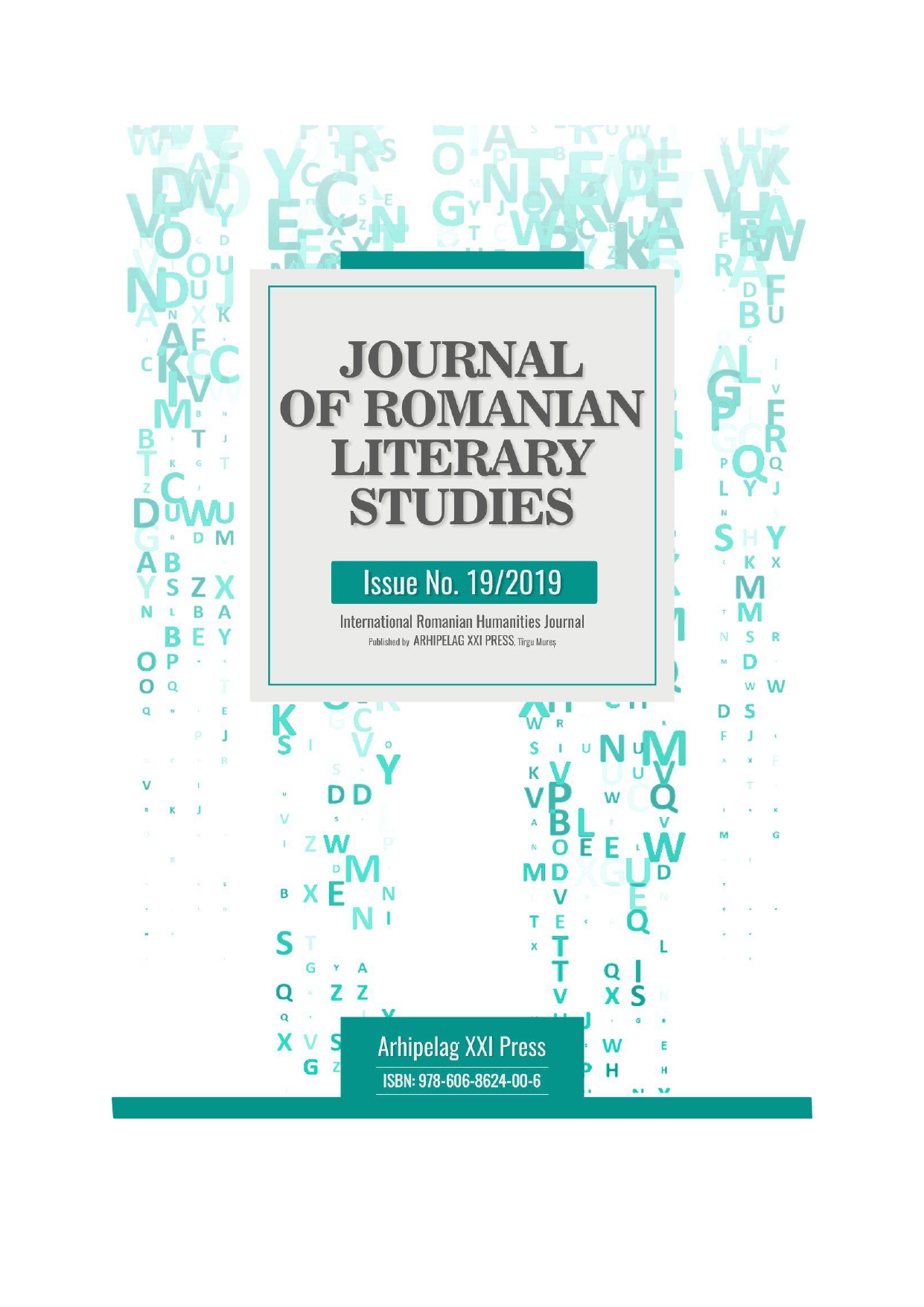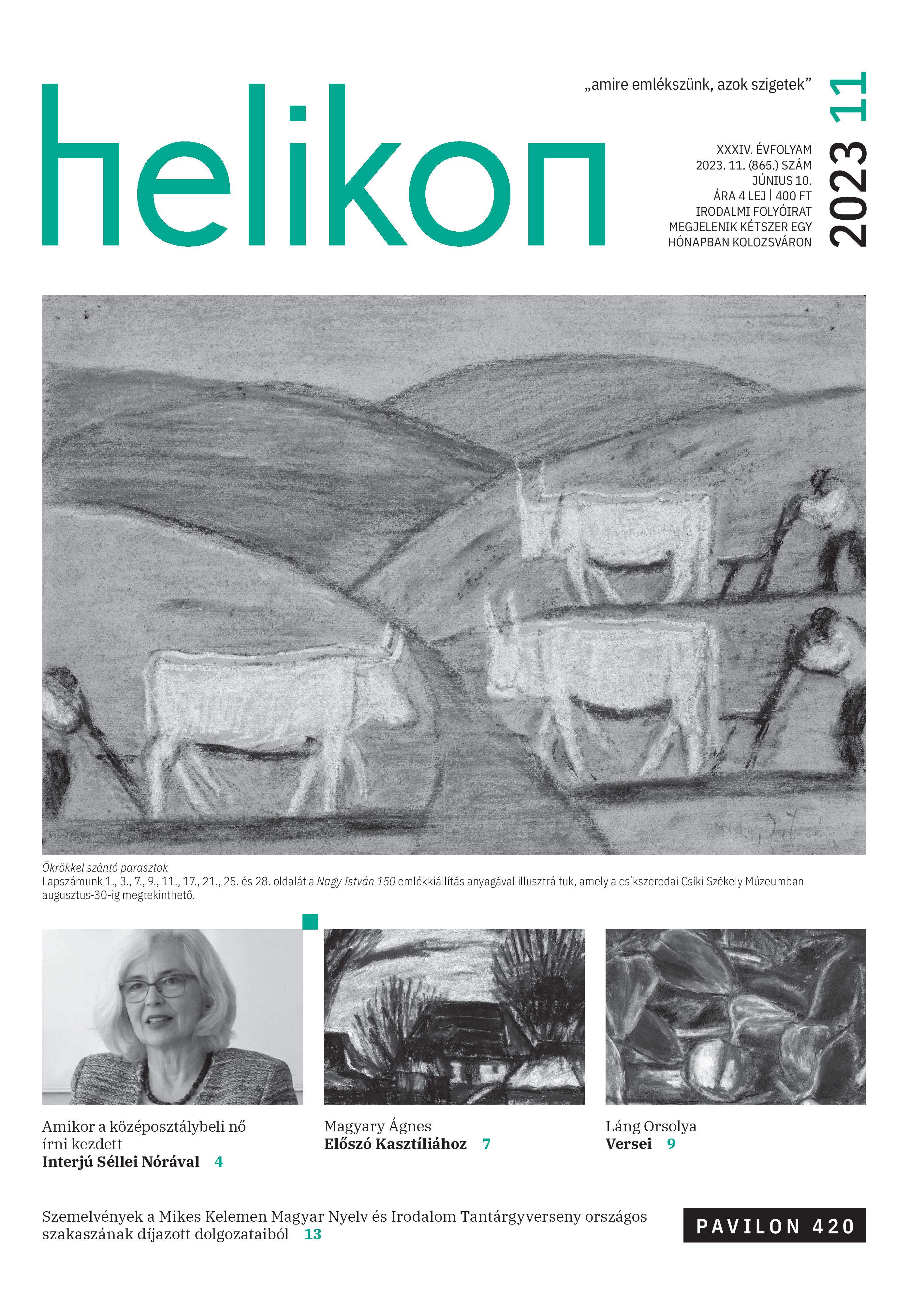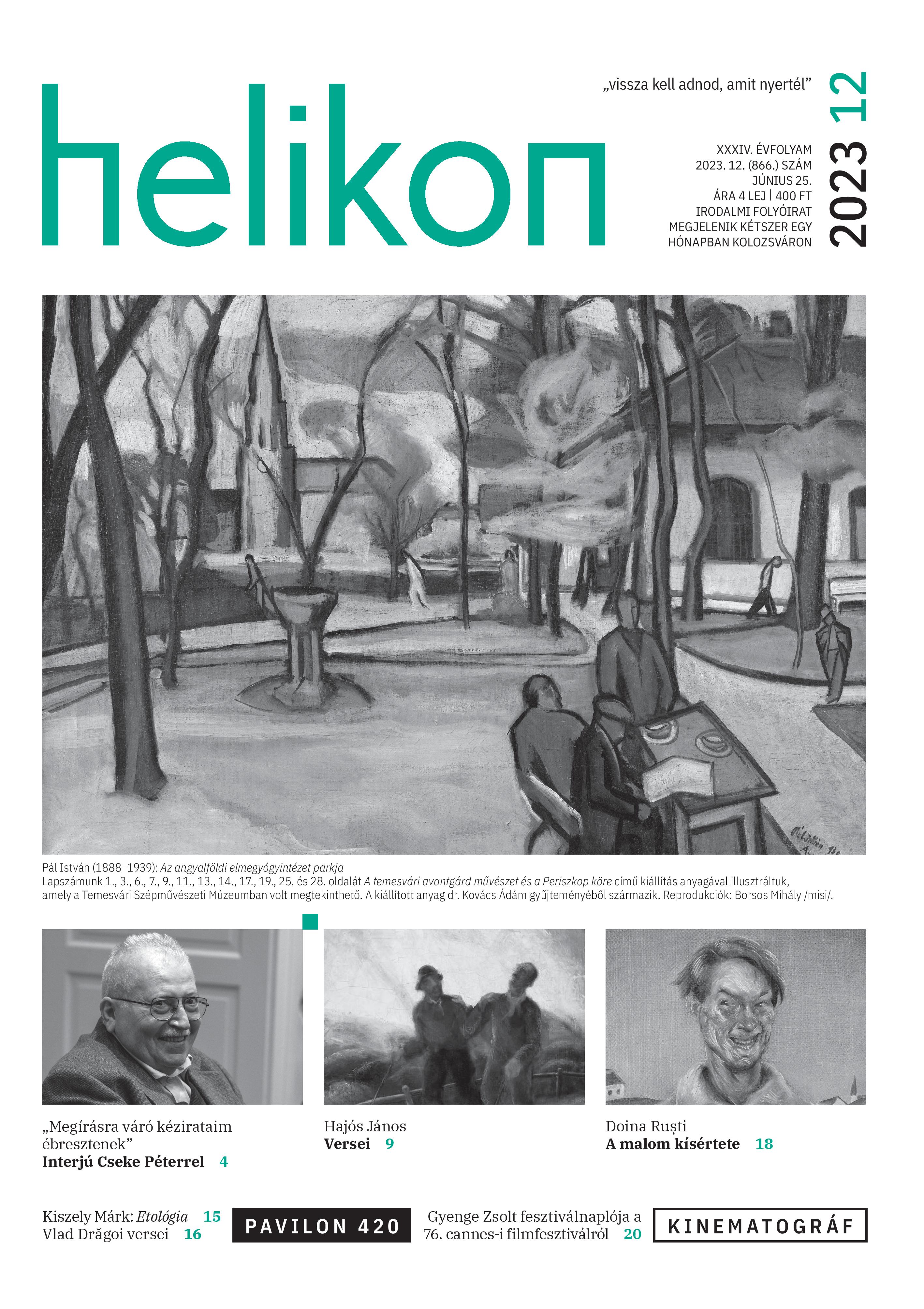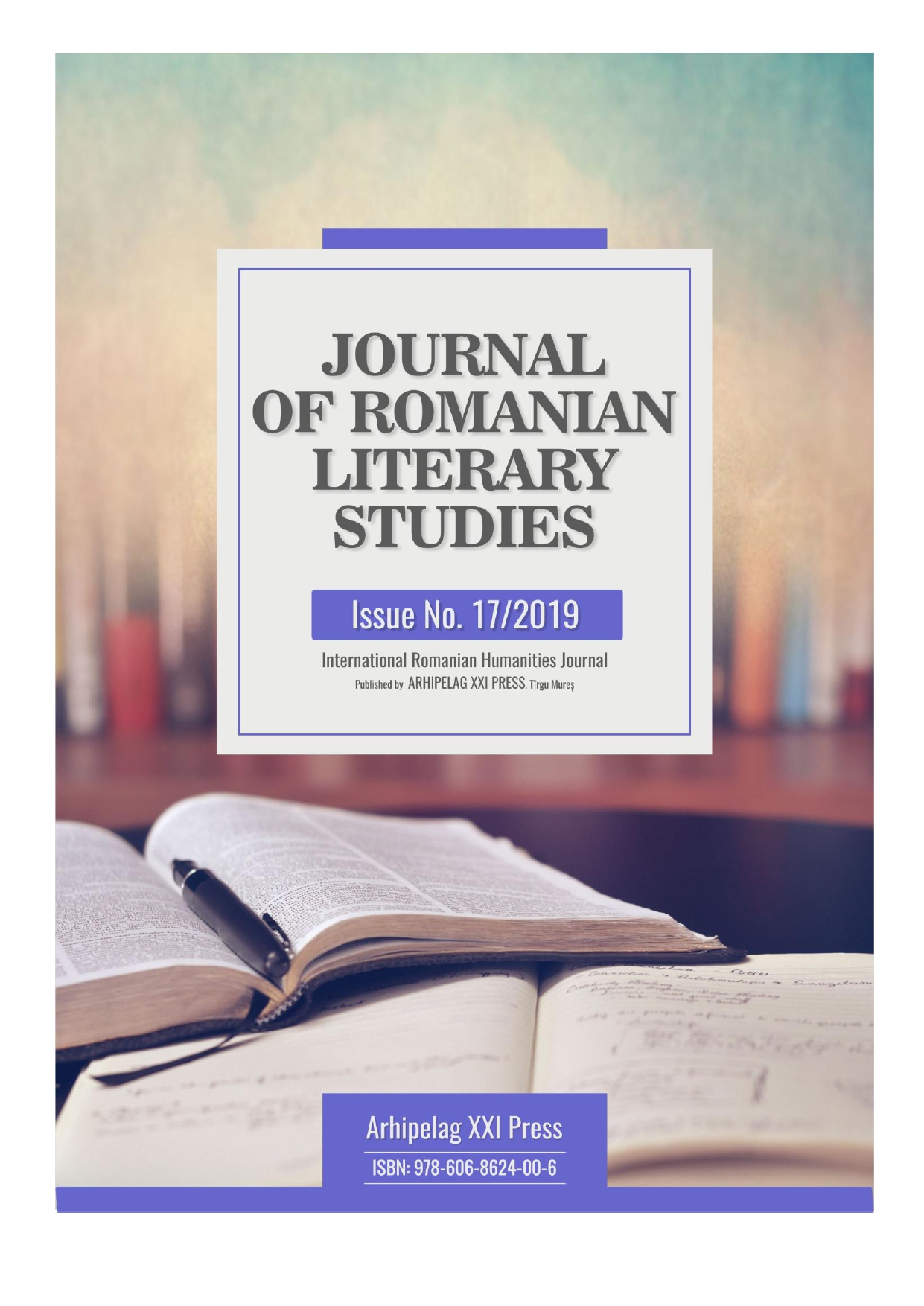
MASTERY AND TRUTH IN JEAN GIRAUDOUX’S THEATRE
In this paper I have tried out a short presentation of the life and activity of the French writer Jean Giraudoux, with clear alussion to his playwrights, to his vision about theatre:Siegfried,Electra, Song of Songs, The Madwoman of Chaillot, Sodom and Gomorrah etc. In Giraudoux's vision, the show is the only form of moral and artistic education of a nation. It is the only adult and elderly evening school, the only means by which the public, whether humble or skilled, can come into contact with the highest conflicts ... there are peoples who dream; for those who do not dream there remains the theatre. The theatre has the virtue of catharsis, which operates on the sensitivity of the viewer who is led to the beginning. Giraudoux's theater is a theatre of ideas which is especially interested in reporting man to his existence and less, as we have noticed, in presenting intrigues and psychological conflicts.
More...
